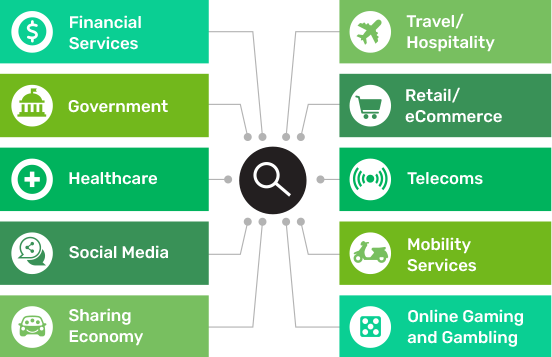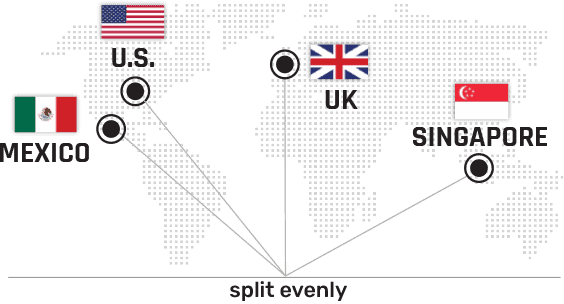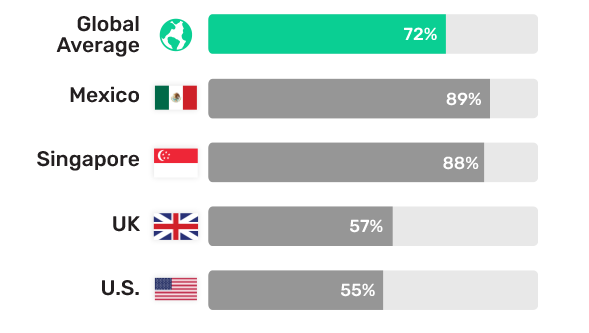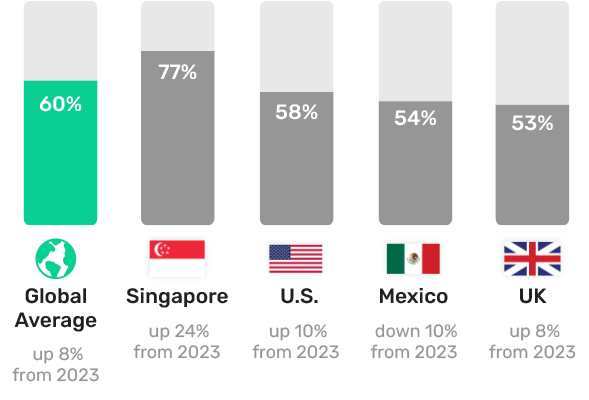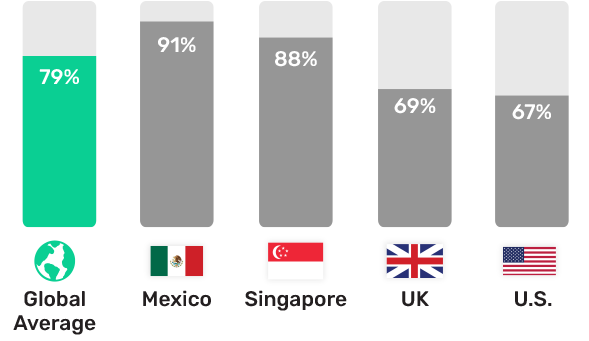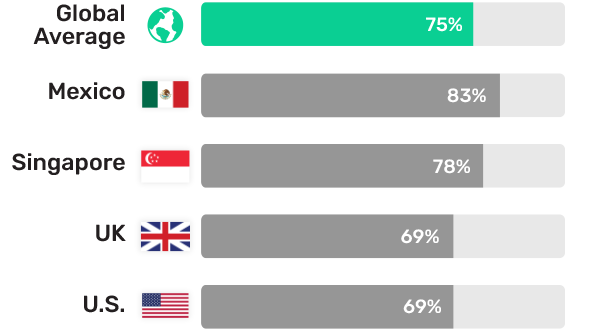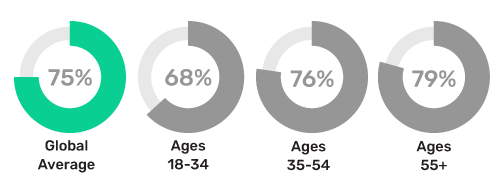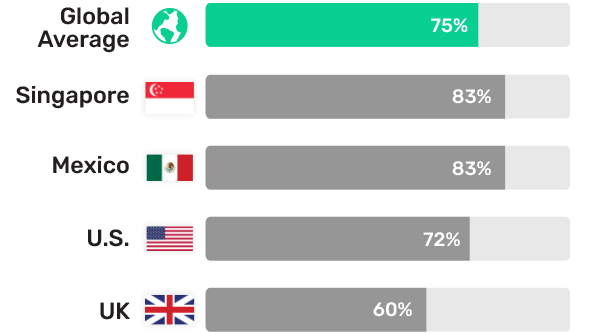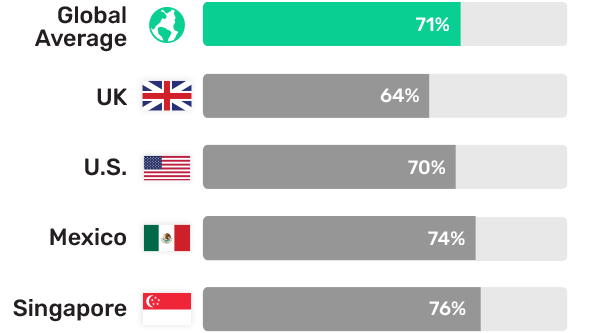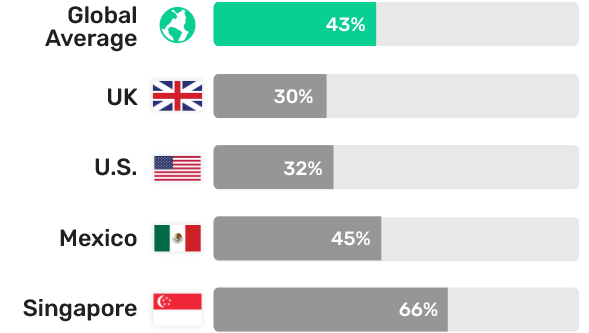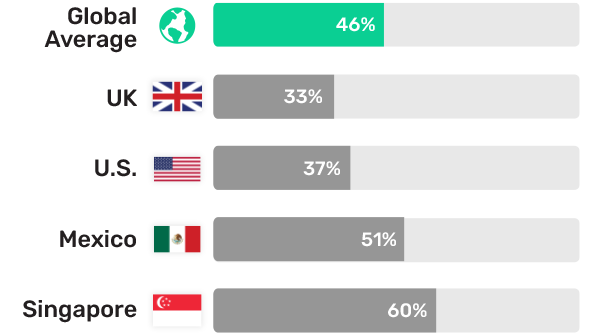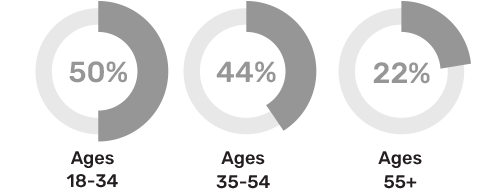Infographic
3 Key Findings from Jumio’s 2024 Online Identity Consumer Study
Charts
72% of consumers worry about being fooled by a deepfake
79% of consumers worry about online data breaches, 77% worry about their accounts being hacked
News
Global survey shows 83% of Singapore consumers worry deepfakes will influence next election
Global survey shows 72% of Americans worry deepfakes will influence upcoming elections
Global survey finds 75% of consumers ready to switch banks over inadequate fraud protection
Global survey shows 72% of consumers worry about being fooled by deepfakes on daily basis

